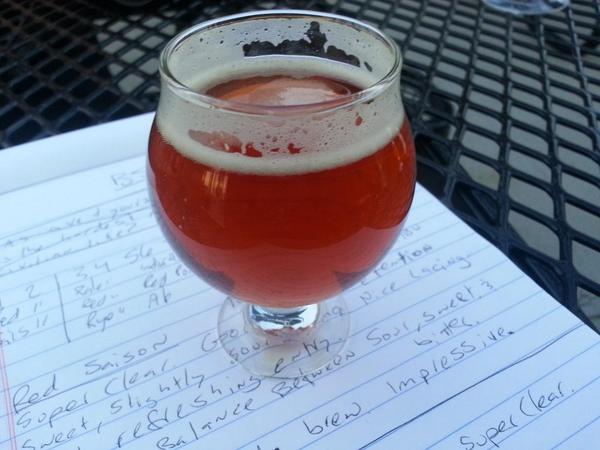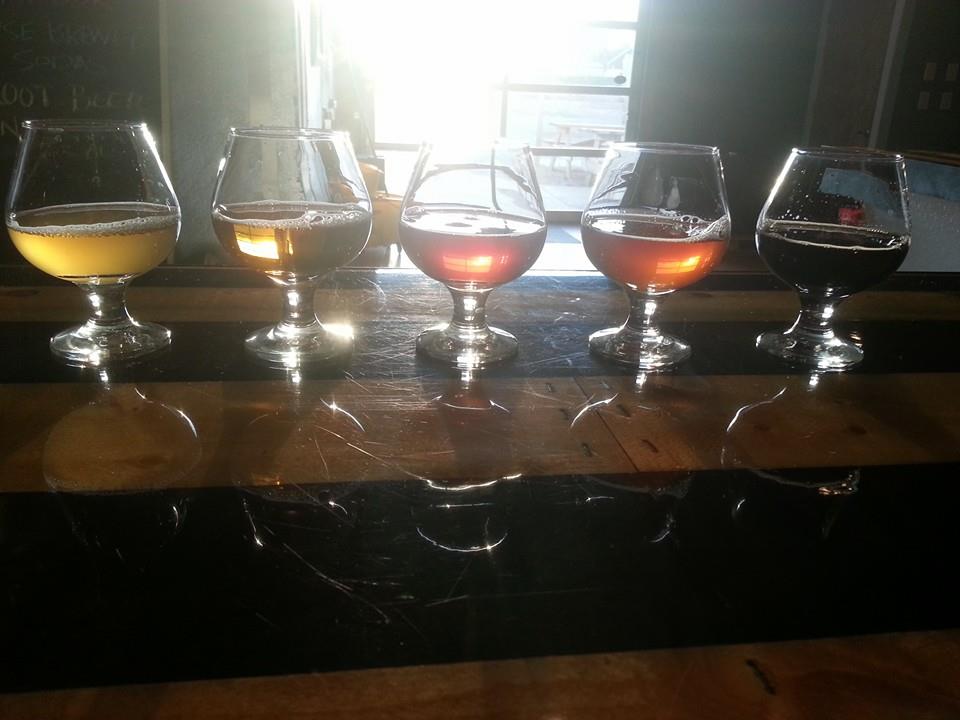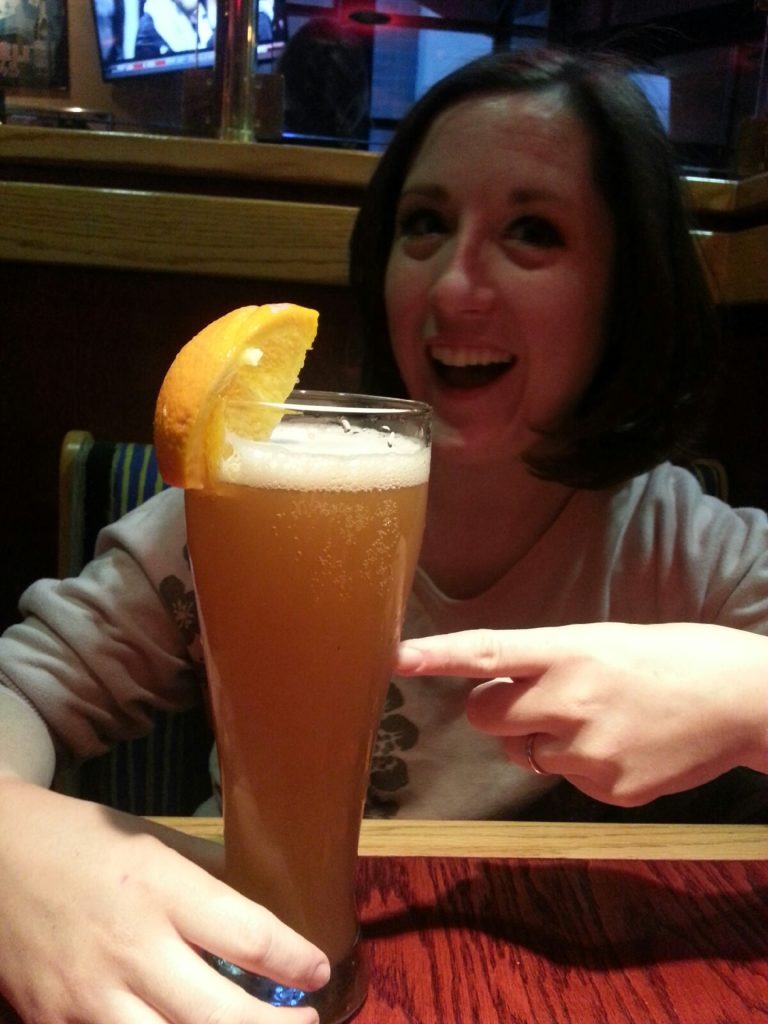By: Ryan Hodros, Culinary Arts Student
I’ve been a beer reviewer for a little over half a year, but I’ve been a “beer guy” for about a decade. One of the questions I’m often asked is “What kind of beer should I try?” It’s an impossible question to answer for a variety of reasons, not the least of which is personal taste. Some people enjoy certain flavors, some people don’t. Here’s a breakdown of some terms that float around beer, as well as descriptions of the more popular styles of beer and what you can reasonably expect when you sit down for a frosty cold one (or more).
Lager: One of the overarching categories of beer, this refers to beers that are made using a “bottom-fermenting” yeast, or a yeast that sinks to the bottom of the fermenter. These yeasties work their magic pretty fast, and so work better in colder temperatures to slow them down a bit. These are mainly seen outside of the United States in Germany, though you can also find them in other countries from Belgium to China. The “pale lager” is what you see in most mainstream American brews like Budweiser, Coors, and Miller. In general, lagers tend to be light, refreshing, mild, and best served cold.
Ale: Another overarching category of beer, these beers use “top-fermenting” yeast that floats on the fermenting beer as it does its thing. These fellas work a little slower than their bottom dwelling cousins, and so can stand a warmer fermentation. These are seen in England and Ireland, though you can find them throughout the world, specifically in Belgium. The US craft brew industry, feeling that the lager market had been saturated, has historically concentrated mostly on ales, though you can find some amazing craft lagers out there. The flavors are all over the place with this category, but expect bigger flavors, more body, higher alcohol contents, and a greater degree of experimentation.
Steam: Also known as “Californian Common Beer, this is considered a third overarching category of beer. It’s made with lager yeast at warmer temperatures, resulting in a much faster fermentation and a different flavor profile than your average lager or ale. When it was first created, this was considered a lower quality beer, being made by necessity rather than desire because of a lack of refrigeration or cold temperatures. That being said, a great deal of steam beers taste pretty good, though “Anchor Steam” is the name of a brewing company and not a style, and they insist their current product bears little resemblance to the steam beers they made at their inception.
Pilsner: Named after the city of Pilsen in Germany, and was considered a revolutionary beer for its time, as most Bohemian brews were top-fermented and of poor quality. They can be broken down to German, which is more bitter and slightly earthy, Czech, which has a lighter flavor and tends to be more refreshing, and European, which is somewhat sweeter (but not sweet). Newbies trying to develop a taste for beer may want to start here, but I recommend the Czech style—Gambrinus if you can find it.
Pale Ale: Originally named “pale” because the malts used were dried with coke, they’re categorized by their lighter color compared to porters and stouts. There are more varieties to this style than can be listed here, but in general, they tend to be on the bitter side with a refreshing quality to them. Good pales balance their bitters with some malty sweetness so that you don’t go “mouth numb” after a glass or two. The best pales choose their hops in order to give floral and citrus hints to their aroma and flavor. This is my personal favorite style because every pale is different, so every new label is an adventure. Don’t let that scare you off though—it’s not a flavor that’s hard to get used to.
India Pale Ale: The Pale’s more intense older brother, the IPA is a flavor that can be hard on people new to the beer world. See, in addition to giving beer its trademark flavor, hops are a preservative. Pales being shipped from the UK to India had to be overloaded with hops in order to avoid spoilage on the long trip. The IPA community has in many ways become the “atomic hot wings” of the craft community, but there are any number of well-balanced, nuanced IPAs out there for the newcomer and the seasoned drinker alike. If you’re dating someone who “doesn’t like beer,” I can’t recommend starting them with an IPA, but if you’ve been in the beer world a while, don’t be afraid of this big-flavored behemoth.
Porter: Some background—Beers the world over use “malt,” which is a somewhat unique process in the sweetener community. In the malting process, maltsters sprout barley to activate the natural sugar in the kernels, and then roast it to kill off the growth of the plant. Porters get their dark color from the degree of roast on the malt used. Toast your barley longer, and you get a darker color. These tend to have more body (i.e. they’re more filling and taste “thicker”) and dabble in malt flavors like toasted bread and sugary sweetness as well as bitters. A lot of people consider darker beers off-limits because of the heavier body, but there are also lighter bodied darks that can be very refreshing.
Stouts: Honestly, even the experts have a hard time telling where porters end and stouts begin. Many consider them one and the same, but in the American craft beer scene, you can expect a much heavier body, very dark color, and big malt flavor (hopefully) balanced by some hops bitterness. As a rule, I tend to drink stouts with dinner rather than during a session, but that doesn’t mean they’re not a great style to get into. Guinness is the most popular version of this brew, but the craft scene in Colorado has some great contenders.
Keep in mind, there are hundreds of exceptions to this style guide, as brewers don’t enjoy being pigeonholed and are way more creative than people give them credit for. Tweet me pictures of your favorite beers to be included in an upcoming “part two” to this article in the coming weeks!






